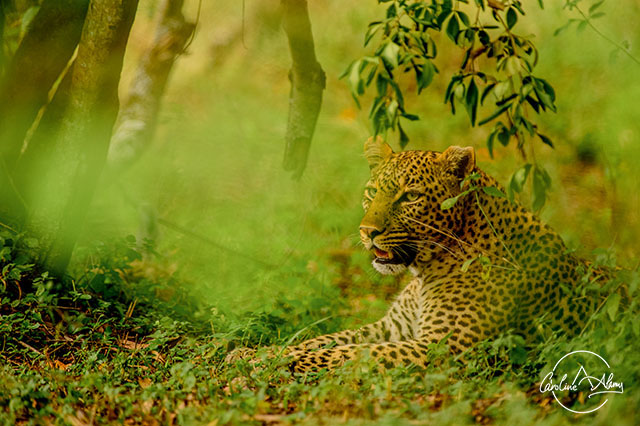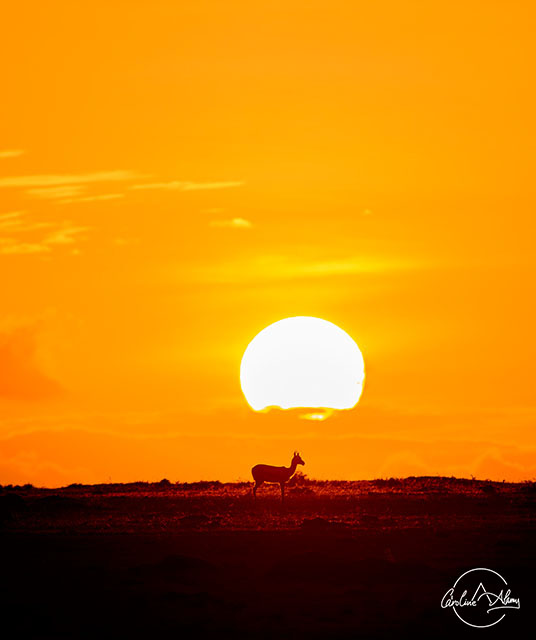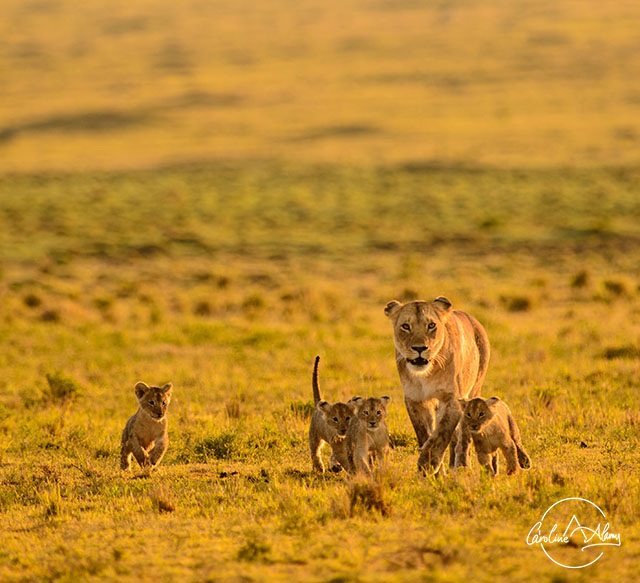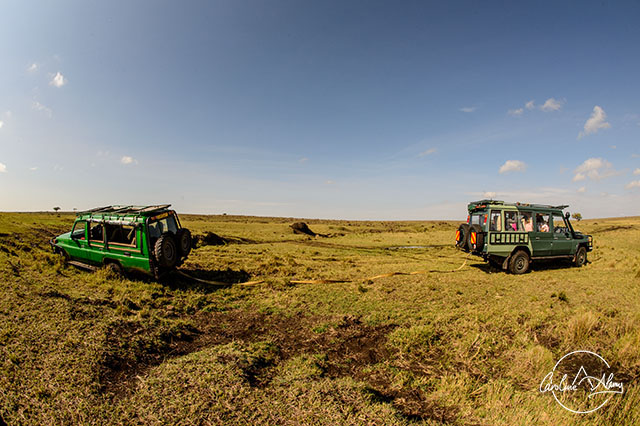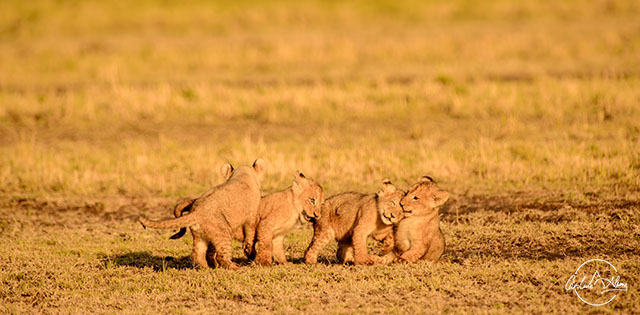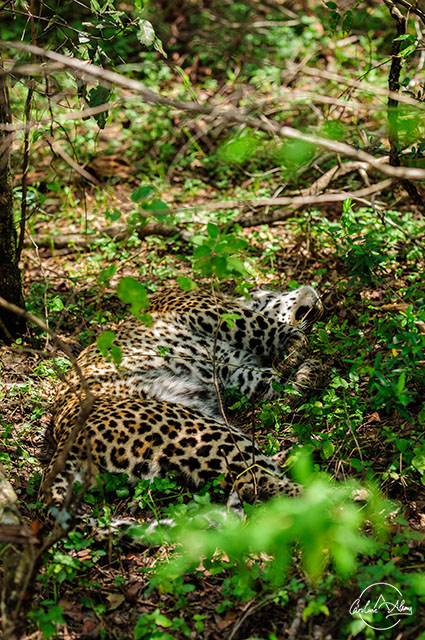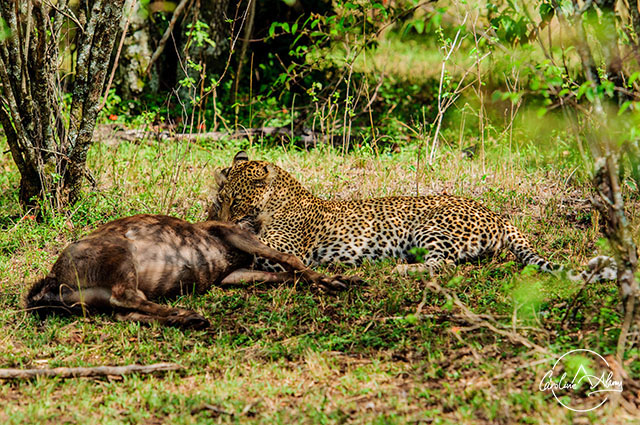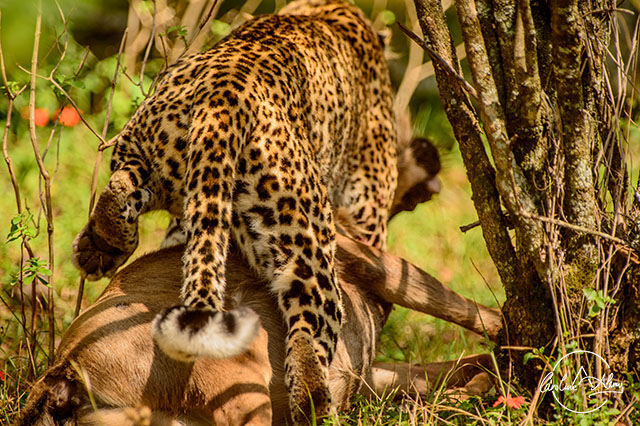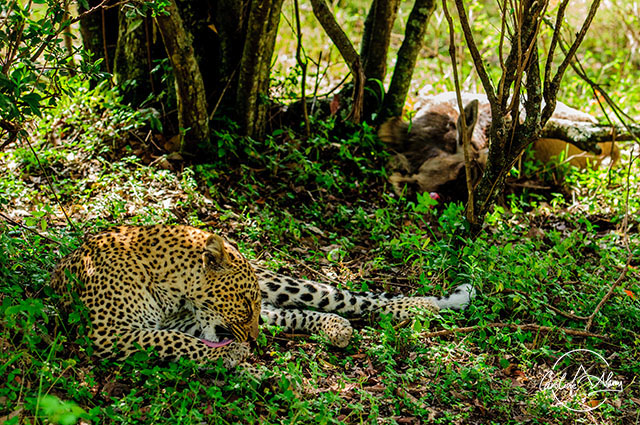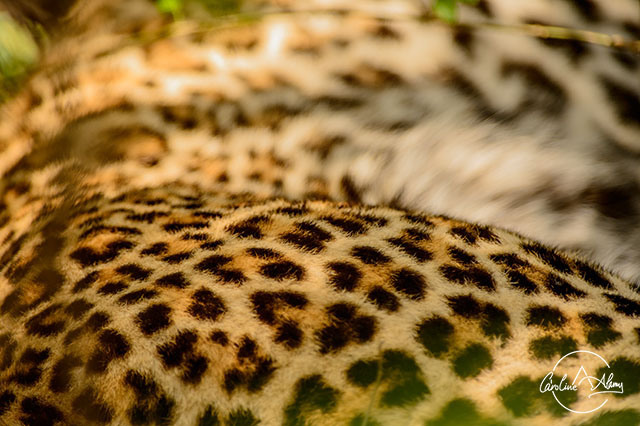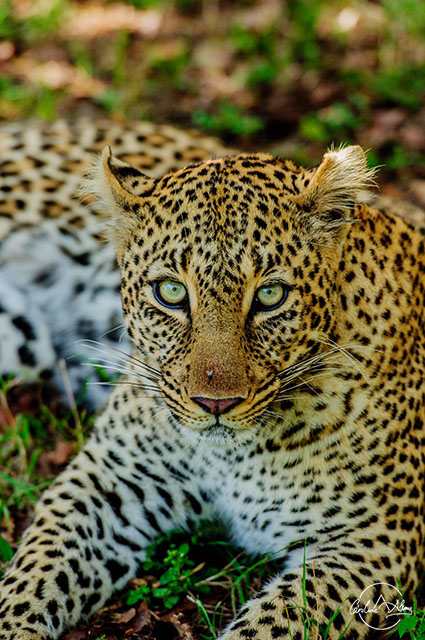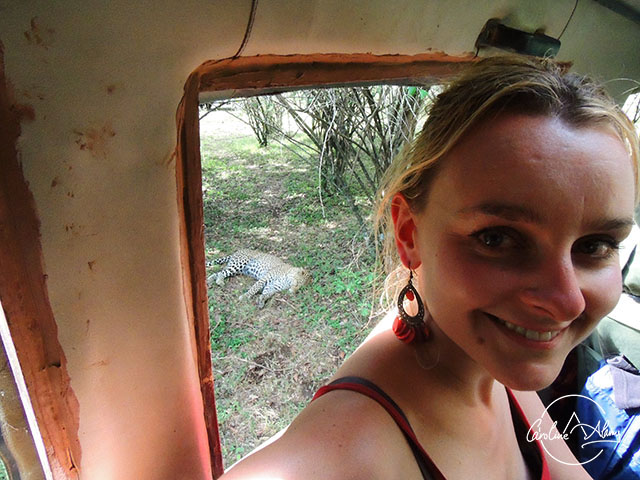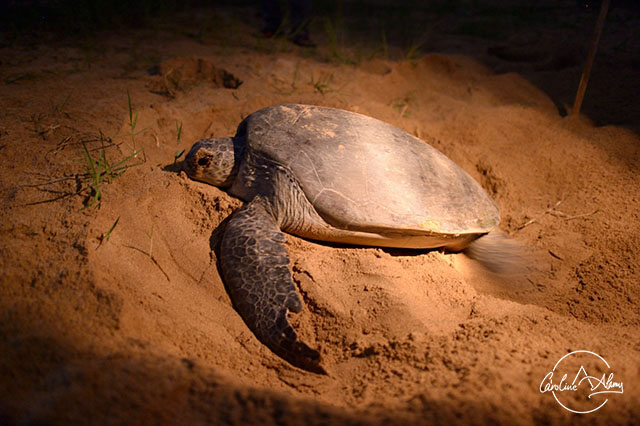
Turtle eggs laying and hatching under the moonlight
When planning ahead for my first trip to Malaysia, I wanted to volunteer for a turtle protection association. It was August so it was the time when turtles would come and lay eggs. Unfortunately, I didn’t manage to find on this internet a plan that could fit with the vacation days I had. When we arrived in Kuching (Borneo, Malaysia), we found, completely randomly, a travel agent offering one night on Satang Turtle Conservation Island. We signed for it immediately.
The departure was planned for the afternoon, once all the snorkelers are gone. We were waiting for our boat at the pier. The shuttle brought back a family of 5 who had just spent one night on the island. They were beyond thrilled. That night, 20 eggs hatched and 3 turtles came to lay eggs. We went on the boat, hoping there would be still left.
Satang Island is beautiful: white sand, turquoise water, fresh coconut… But the primary purpose is conversation, handled by rangers who live there. We were the 2 only tourists.
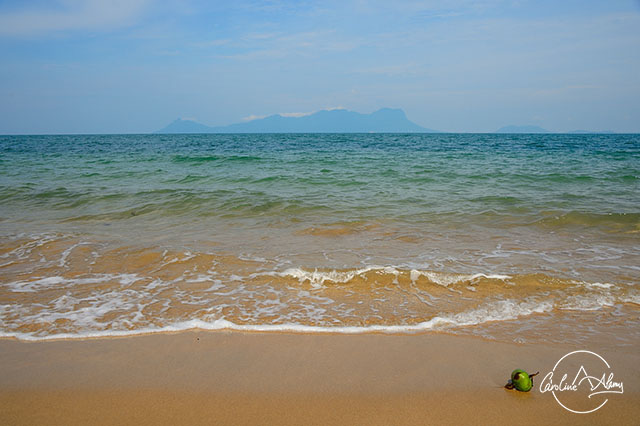



After dinner, the rangers told us to get some rest. They would wake us up if anything happens.
We waited on our terrasse, completely unable to sleep. We were not here to sleep!
Around midnight, a ranger came with a bucket in his hand. Inside the bucket: 3 baby turtles who had just hatched. It was the time to release them.By night, their chance to survive are higher as daytime predators (birds) are sleeping. We went on the beach and lightened up our flashlights to show them the way to the water. It is key for them to make the last meters on their own as they will remember this path and, when they will lay their own eggs, they will return at the exact place where they were born.

On his way for the big adventure!
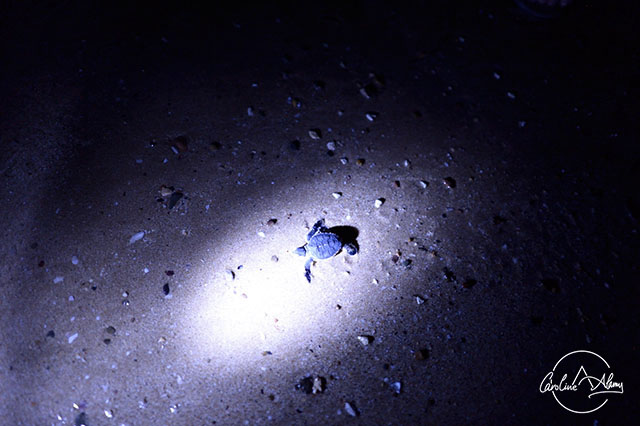

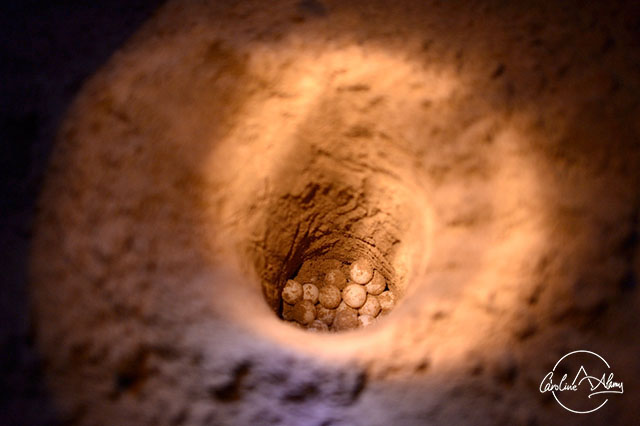
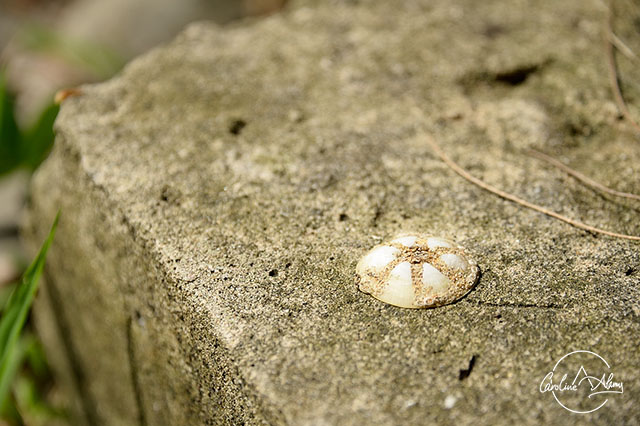

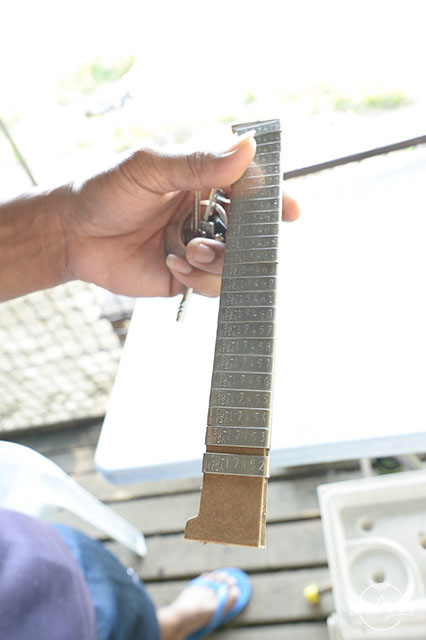
There were 82 eggs in total.
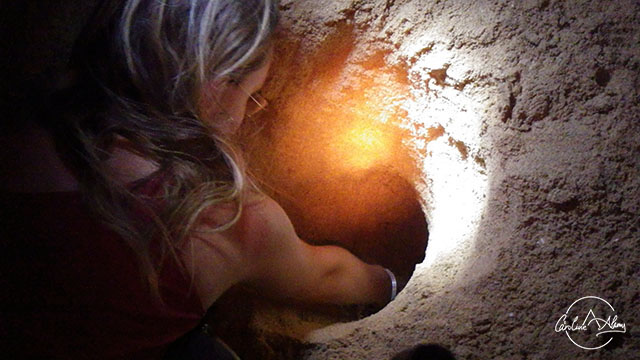
That night, no other turtle came to nest.


If you want to see more pics of Malaysia, this is here.
Quick Photo Tips
In that type of environment, the conditions are particularly difficult: Full night, almost light (obviously no flash, please!) as it is vital from nestling turtle to keep any light away. This is probably one of the very few conditions where I will say that your equipment can really make the difference, and enable you to shoot, or not at all. It is all about getting as much light as possible from your camera. So what should you do/what should I have done to get reasonably good pictures:
- Tripod: I didn’t have one with me so everything is handheld. I don’t think a tripod would be recommended here anyway as you stay close to the turtle. Use your knees as tripod, hold your breath and shot.
- Go full Manual : The camera may struggle to “guess” which parameters are needed here. Your autofocus may struggle as well. If you really can’t get it right, switch to manual focus. This is tricky, you need to practice and you may have several out of focus shots, but that may be the only way if your camera is lost.
- Put the highest ISO you can: Bear in mind that the more ISO you put, the greater loss of quality you get. The maximum you can put depends on your camera body. When I was using my Nikon D90, I would avoid going above 2500 ISO. With a Nikon D4, I can get to 6400. If you don’t plan to print the picture and you mostly want a souvenir, then push as much as you can, despite the pixels you will see. If you want to keep a good quality, test your camera and stop when you start to see too much loss.
- Get the widest aperture as possible: take the brightest lens you have and put your lens at its largest aperture. (e.g., f2.2). Large aperture helps you cope with low light conditions.
- Slow but not too slow speed: put the slowest speed you can while avoiding blur: without tripod, and since the turtle is not completely still, you don’t want to go to slow. So it is a tricky balance between getting some light from slow speed while having a precise picture. At the end you will really rely a lot on your ISO and Aperture and the higher you can get on those 2, the fastest speed you will be able to put.
- My parameters: On the pictures here, ISO range from 4000 to 6400. If I had to do it again, I would not hesitate to stay at 6400. My aperture was at f1.4 and most of the time the speed was around 1/6 which turned out enough when the turtle was not moving but blurry otherwise. Ideally, staying at 1/10 or 1/13 would have helped getting sharper pictures.
Quick Travel Tips
- In Malaysia, the peak turtle nesting season is from May to September. We were told mid June to late August was perfect to see both turtles nesting and eggs hatching.
- As always with animals, be extra cautious not to disturb them. We can frighten them without realising it. So avoid loud voice, don’t touch them, don’t get too close and follow the instructions of your guide. He will tell you what you should do.
- Green sea turtles as listed as endangered. Turtle hatcheries are great help to protect them. If you want to be a volunteer and spend a few days on Talang Satang, they now offer this option.

